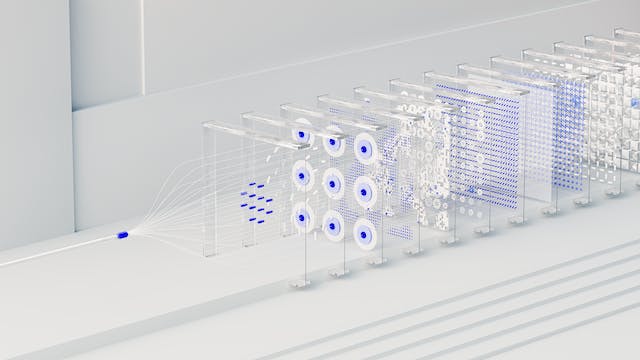When choosing a cooling solution for your commercial building, you need to consider various options to understand which system provides the most benefits and will be best suited to the building.
While many may be more familiar with forced air systems, radiant cooling is becoming a more common choice for commercial buildings.
If you’re considering either radiant cooling and forced air systems, there are several key differences.
Installation
Radiant systems can be installed in numerous ways including underfloor heating and cooling and radiator panels. There are a variety of radiator designs to suit different buildings, including wall-hung radiators. While underfloor systems can be installed in different ways, including suspended, in-slab and in-screed.
Conventional air forced systems rely on ductworks and vents to distribute cool air. Warm air is carried from several vents to a central air handler for cooling, with the cool air directed from the central unit to rooms assigned to the system.
Forced air systems consist of an air filter, blower, heat exchanger and various controls. These systems also use thermostats to control temperature.
Energy efficiency
Implementing cooling systems that are energy efficient is crucial for commercial buildings, as excessive use of energy can lead to higher costs.
Radiant systems distribute cooling through flooring or panels. Many of the commercially available radiant panels for homes are electrically heated and cooled. Using water as the main cooling fluid, which is extremely effective compared to the use of air, radiant cooling systems use less energy and materials to cool a space than other traditional cooling methods. They disperse a more even temperature, heating and cooling everything in the home, not just the air. This eliminates duct losses and minimises wasted energy.
Radiant panels also have a fast response time which can save on cost and energy. Panels can be individually controlled, allowing you to cool only the areas in use.
It can depend on the space or building as to the type of cooling system that will be the most efficient. For bigger rooms, underfloor heating and cooling will effectively reach the whole space, while wall-hung radiators can be an effective option for smaller office spaces or buildings with multiple levels, as underfloor heating may not reach rooms on higher floors.
Historically, commercial buildings with big spaces have utilised forced air systems, resulting in blind spots where cold or warm air does not reach.
Thermal comfort is an important part of a building’s cooling system to ensure the occupants experience the desired temperature. Forced air systems control only the air temperature, while radiant cooling that is combined with a ventilation system can control both the air and radiant temperature.
As with radiant cooling, forced air systems also have a fast response rate, with the cooling effect almost instantaneous. However, this rush of cool air is generally less gentle than radiant cooling and can result in overcooling.
An additional factor with forced air systems, is that they can be susceptible to wasted energy through windows and doorways.
Healthy air quality
Healthy indoor air quality is important for any commercial building, and cooling systems can have a significant impact on this.
Forced air systems use air filters to improve the air quality, with the air circulated via the ducts where the filters have been installed. The air filters help trap particles and airborne impurities from being released back into the air. However, this does not completely prevent the circulation of dust and allergens. The particles trapped by the air filters can also build-up, causing the system to be less effective.
Switching from air-vents to radiator panels helps create a healthier indoor environment. Even with regular maintenance, traditional air-vent heating and cooling systems regularly fill with dust mites, bacteria and allergens which are sent through the air.
Radiant cooling doesn’t circulate air through the building, so no dust or allergens are blown around the building. They do not harm air quality, which is why they can be the better option when considering the needs of allergy sufferers in commercial offices.
Also, unlike forced air cooling units, underfloor heating and cooling does not require regular cleaning and maintenance. Radiant cooling is also a silent system, resulting in minimal disruption to the building.
The right choice for commercial buildings
Both radiant cooling and forced air systems have their strengths and weaknesses. Forced air systems have been widely adopted in commercial buildings for years, and can provide versatility as both cooling and heating systems.
However, there’s no doubt radiant cooling systems are becoming the more popular choice. Providing higher levels of energy efficiency, temperature control and long-term cost savings, they are sure to become the desired solution for commercial buildings across Australia.
Talk to the consultants at Hunt Heating Commercial to find out more about how your building can benefit from radiant cooling and heating solutions.

